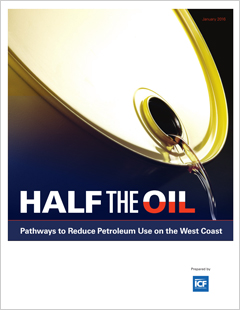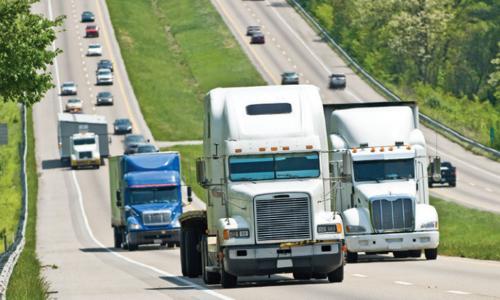In January 2015, California Governor Jerry Brown called for “reduce[ing] today's petroleum use in cars and trucks by up to 50 percent.” His call to action—and our own national plan to Half the Oil—reflect widely shared concerns about oil’s negative impacts on human health and the environment. With a combined population of almost 50 million people and a regional economy that surpasses the gross domestic product of most nations, California and its West Coast neighbors could serve as powerful models for a cleaner transportation future.
California, Oregon, and Washington are already making progress in cutting their oil use, as shown in Half the Oil: Pathways to Reduce Petroleum Use on the West Coast, a new report prepared for the Union of Concerned Scientists by ICF International. Each state could cut its oil use in half by 2030, though it requires extending and expanding current petroleum reduction strategies. A variety of policy and technology options are available, including improved vehicle efficiency, increased low-carbon fuel deployment, vehicle electrification, and better transportation options and land-use planning.
Progress toward halving gasoline and diesel use is well underway across all three states. California’s current policies will cut oil use by approximately 24 percent by 2030, while Oregon and Washington are both on track for 8 percent reductions, using 2015 as a baseline. Improvements in vehicle efficiency, growing electric vehicle choices, the use of alternative fuels, and regional transportation options are all strategies successfully employed today—and all of which can deliver even bigger oil reductions over the next 15 years.





